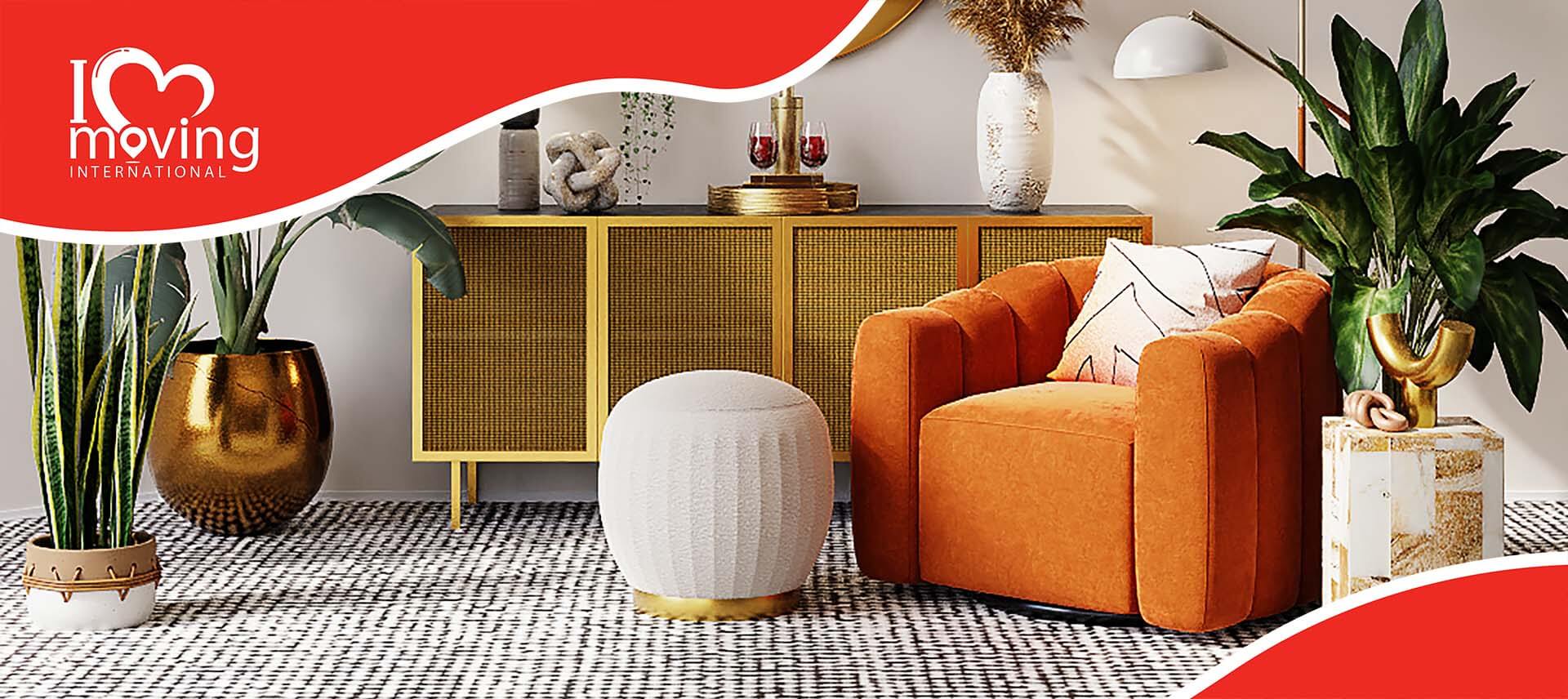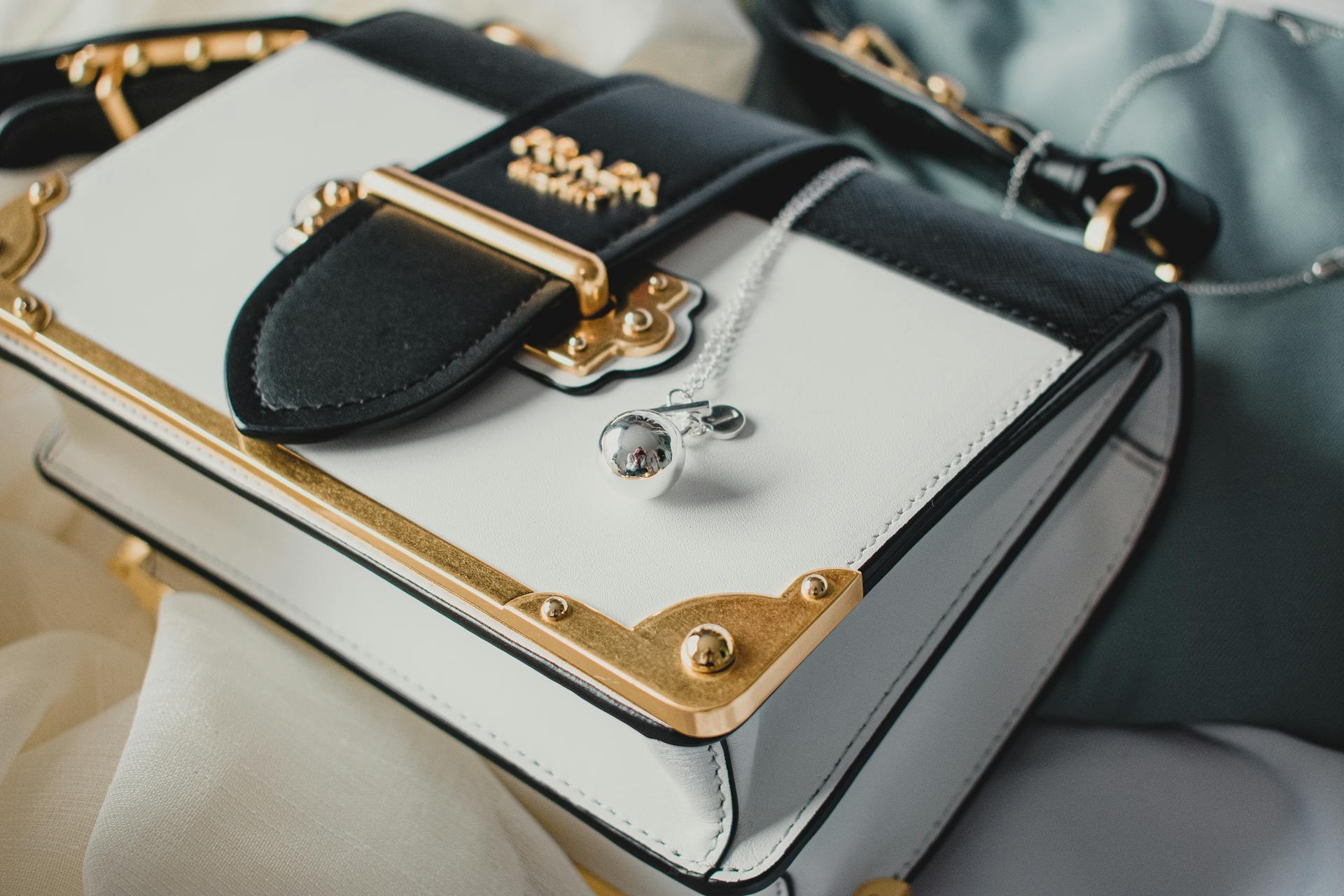If an overseas move is fast approaching, it’s time to learn a thing or two about how to pack furniture. This task is complex enough with an interstate relocation but becomes even more challenging with an international move. Ensure you follow our guide and keep yourself as well as your belongings completely safe.

Explore Usual Housing Arrangements in a New City
Before deciding what to pack, learn what is the usual practice when renting a place in a new country. Will you find a furnished or unfurnished apartment easier after moving overseas? Keep in mind that the meaning of furnishing can differ from country to country, but it usually implies:
- A sofa,
- A coffee table.
- Bed(s),
- Dining room table,
- Dining room chairs,
- Basic kitchen appliances
In addition to that, keep in mind that rental agreements can depend on the kind of place you’re renting. For example, if you’re relocating to France, you’ll be offered a 12-month lease for a furnished apartment, while a rental agreement for an unfurnished place usually lasts for three years minimum. Therefore, considering your reasons to move as well as the planned duration of your stay is essential before you start packing furniture.
Will You Have to Pay Import Duty?
Import or customs duty should be paid when goods enter the country for the first time. The regulations and the amount will depend on imported objects and the country you’re relocating to. For example, if you’re relocating to the Netherlands, you may transport furnishing tax-free if you obtain an import permit. If you plan to move to Germany, you must prove that you’re the owner of all furnishing pieces and that they’ve been in your possession for longer than six months.
In addition to that, keep in mind that not all furnishing is allowed in every country. For example, if you’re relocating to Canada, note that you can’t import a used mattress without proof that it has been adequately cleaned. Therefore, if you plan to move overseas, ensure you are familiar with all rules and prohibitions regarding furnishing and other belongings in the desired country.
Declutter Before Packing- And Be Rigorous About It
It’s no secret that every international move is costly – and it becomes more so the heavier your cargo is. Since your furnishing represents some of the heaviest household goods, it would be best to go through each piece and decide if it’s worth keeping (more so if you’re relocating on a low budget). Belongings that are not essential can be donated to the Salvation Army (or any other charity), sold, gifted, recycled, or thrown away.
Here are some tips that can help you decide:
- Consider the condition of a furnishing piece – shipping overseas won’t go easy on your belongings, so those in already bad condition may not survive moving by sea.
- Compare the value of your items with their transportation costs – in some cases, relocating some of your belongings can cost you more than buying them after moving abroad. Therefore, ensure to keep more expensive pieces, while others should be left behind.
- Think about which pieces are essential for you – maybe you can’t leave the beds behind, but floor lamps or coffee tables don’t have to be part of international cargo.
- Restrain from bringing really large and bulky goods – firstly, shipping them will cost you a lot, and secondly, maybe they won’t even fit in your new apartment.
- Create an inventory list of your household goods – it may provide you with a better perception of everything you own, as well as how essential each piece is.
- Consider getting storage services – if you have an employee relocation and plan on returning to the States sometime in the future, renting a storage unit for all non-essentials can be a good solution.
How to Prepare Furniture for Moving?
Although it may be tempting, you can’t just pull out the furnishing pieces from their current place and wrap them as they are. Like other household goods, they also have to undergo a certain preparation process. Each piece you decide to bring must be properly cleaned (wiped or vacuumed) before any other step. You don’t need to move dust and dirt abroad with the rest of your belongings.
Disassemble All the Items You Can
Dissamsabeling is one more step that comes before wrapping furniture for moving. So you can package and protect each piece easier, all of the removable parts should be separated. Just don’t forget to acquire several zip bags, so all those tiny parts, such as screws and bolts, don’t get lost. Dedicate each zip bag to one furnishing piece and label it accordingly.
Keep in mind that if you decide to hire an overseas shipping company, dissembling (and reassembling) in most cases will be done by movers, whether you opt for professional packing services or not.
Bubble Wrap, Packing Paper, or Relocation Blankets – Which Supplies Do You Need for Moving Furniture Abroad?
Even though you can pack furnishings with some supplies you’ll utilize to pack fragile items, they most likely won’t be enough for everything you want to bring. So, when creating a relocation checklist for all needed supplies, ensure you get:
- Bubble wrap,
- Packing paper,
- Cardboard,
- Relocation blankets,
- Stretch foil,
- Tape,
- Zip bags and markers
So you can avoid any scratches and dents on furnishings you deem worth bringing, make sure all of the materials mentioned above are acquired before you start. They are a vital answer to the question of how to protect furniture when moving.
Their cheaper alternative for protecting and covering furnishing would be stuff you can find in your home, like old clothes, linens, and rugs. However, they will provide you with much less protection than professional relocation blankets, so ensure you utilize them for less valuable objects.
Wrap and Pack Everything Carefully
So, you’ve prepared all of the belongings and gathered all the proper supplies – what now? It’s time to get down to business and start packing. But, how do you pack furniture for cargo? There are several different possibilities, depending on the nature of your belongings.
Relocation blankets are the best solution for most of your things because they are specially designed to protect your furnishing (and appliances) during the move. Moreover, they are pretty easy to use – all you have to do is cover an item with them and secure them with tape. For larger objects, you can utilize more than one blanket.
Cardboard is an excellent material that can protect the corners of your belongings. Remember to use it for your desks, dressers, closets, tables, and goods alike. You can even utilize them to cover chair and sofa legs.
Glass Pieces Demand Your Undivided Attention
When packing to move, the most complicated belongings to prepare will be fragile glass objects, such as large mirrors and glass tables. If you decide they are worth relocating, you must put extra time and energy into protecting them. Before you start, use tape to make a large X over the glass surface – it will keep the glass in place even if it gets damaged during the move.
Next, ensure you cover all the edges with the cardboard and then cover the whole piece with bubble wrap. For added security, you can place additional material over plastic. For smaller belongings, such as lamps, detach all removable parts and cover them separately with paper or bubble wrap.
Take Extra Care of Your Leather and Wooden Furnishing
You must ensure the supplies you are using won’t damage an item. For instance, note that you can’t cover furnishings made of leather with plastic. You risk your leather sofa and chairs deteriorating and arriving damaged and ugly to your new destination if you do so.
Similar relocation mistakes will be made if you decide to use plastic for your wooden objects. So, how do you pack wood furniture for moving? Cover each piece with a relocation blanket, but make sure that the plastic from tape or stretch doesn’t come in contact with the wood. If you fail to do so, count on added relocation stress from damages your furnishing will suffer.

Rent the Equipment You’ll Need for Heavy Lifting and Loading
After furnishing is packed, it needs to be transported to the relocation truck, which is not such an easy task. Moreover, if it’s not done correctly, there is a significant chance that you’ll end up injured and your belongings damaged. Luckily, some additional equipment can prevent all that, and the best part is that you don’t have to buy it – many hardware stores offer renting services.
Therefore, when relocating across the world and want to bring some big-sized furnishing, make sure to get:
- Sliders – since it’s easier to push heavy objects than to lift them, sliders can be a good low-cost solution. Use those made from softer materials on hardwood floors and plastic ones for rugs.
- Lifting straps or dolly – both these tools can be handy when relocating large items to a new home. With a dolly, all you have to do is place an item on it and push the wheels, while lifting straps can be a much better solution for smaller spaces.
- Stair-roller – if your current home has a lot of stairs, carrying heavy and bulky items can get even more challenging. Stair-rollers can be an excellent solution for preventing injuries.
After each furnishing piece is loaded into the truck, you must secure it in place. It would be best to use ratchet straps that can be easily hooked to the truck wall. It’s one of those things you must not forget to do – otherwise, not only will your furnishing get damaged, but it will most likely damage other belongings in the truck.
Don’t Hesitate to Ask For Assistance
Even if you’re relocating abroad alone, it doesn’t mean that you should do it without anybody’s help. When it comes to relocating furnishings, in most cases, you can’t even do it safely without another set of hands assisting you. However, before you ask your loved ones for assistance, ensure that you’re all familiar with proper lifting techniques – the last thing you need is someone getting injured during the relocation day. For the best tips about proper lifting, take a look at the video below:
How to Pack Furniture With Ease? Consider Hiring an Overseas Moving Company to Help You Transport Your Belongings
What is the easiest way to transport furniture to a new home abroad? Of course, it would be with the assistance of an international moving company. As you can see, relocating furnishings is not a simple nor safe task by any means – hiring movers will help you move efficiently and, even more importantly, safely. Let yourself think about adjusting to a new country as well as learning a new language, and leave all the heavy lifting to the professionals.
If you are still indecisive, let us remind you of one not-so-small detail – international movers can provide you with basic and additional relocation insurance for added protection of all of your belongings, furnishing included.










